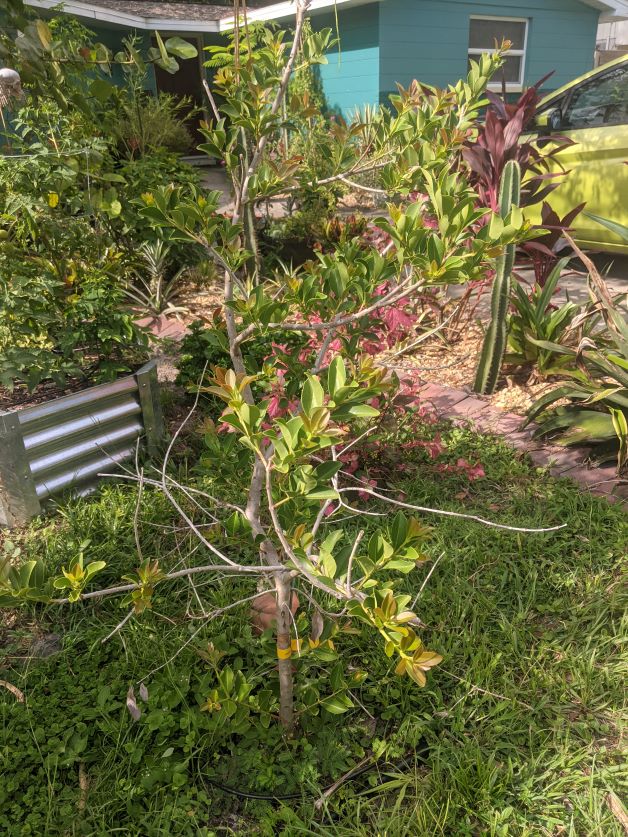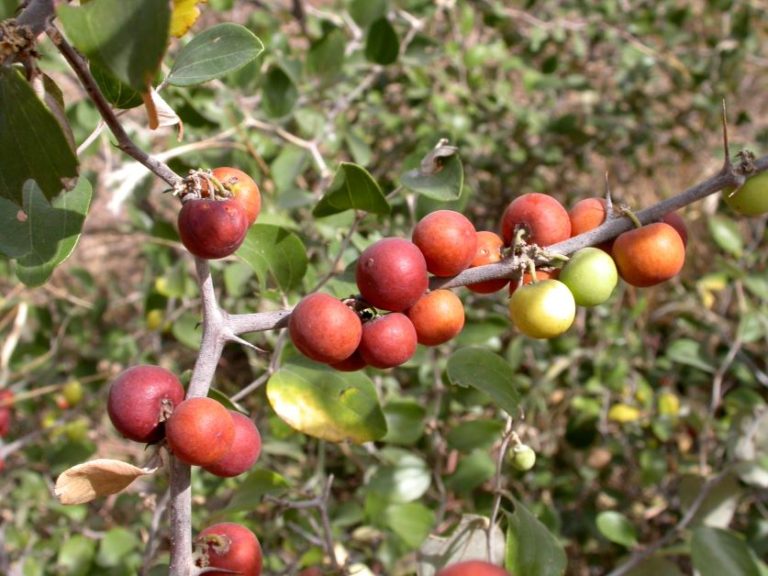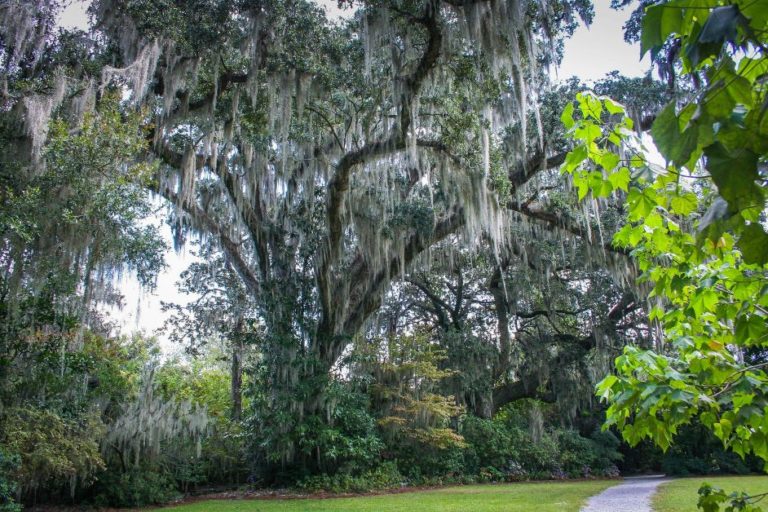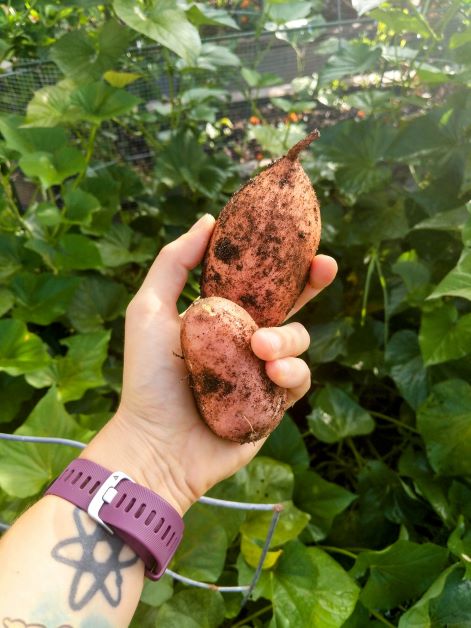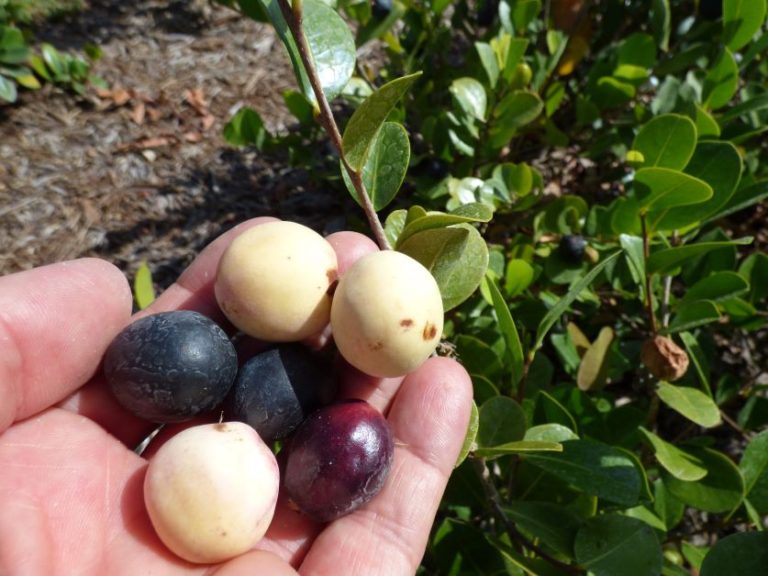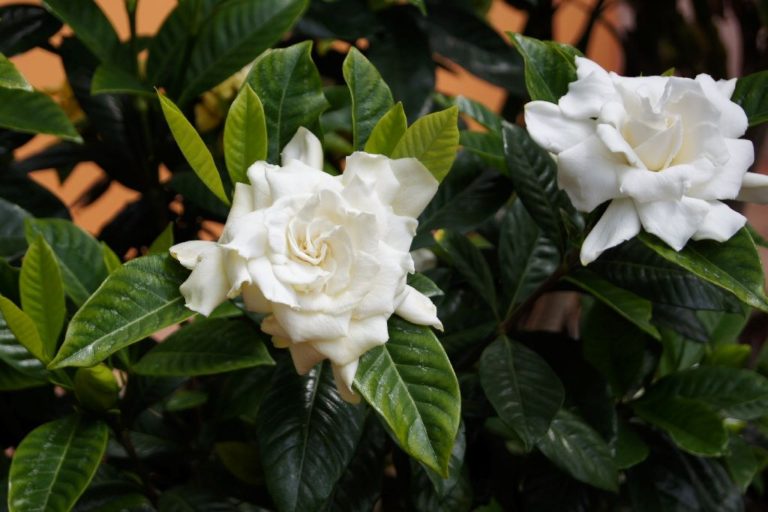How to Tell If a Tree Is Dead
Have you ever planted a tree that went through a drastic shock? If so, you may have had moments that left you guessing. Are these dropped leaves normal, or did I kill my tree?
I’m my neighborhood’s crazy plant lady and even I’ve had this problem. When I planted my first guava tree, almost every single leaf turned brown and fell off within the first week. It was depressing. I picked that tree specifically because it seemed hardy as heck and was covered in fragrant flowers. I get my hands on it and in just a few days…I’m left wondering how to tell if a tree is dead.
I was sure that my poor guava bit the dust but I resisted the urge to rip it up. Instead, I gave it a bit more water and kept up its care. My patience paid off because more than a month later, its bare branches started producing new buds.
So you don’t prematurely pull the plug on a newly planted tree in shock, here are some tips on how to tell if a tree is dead.

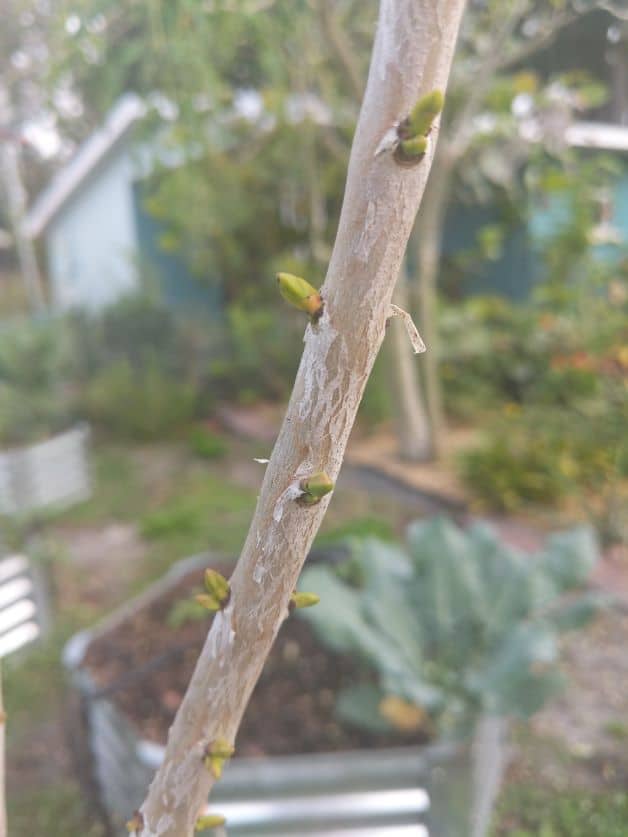
How to Tell if a Tree is Dead
Tree Scratch Test
The easiest way to tell if a newly planted tree is dead is to do the scratch test. Pick a few branches and scratch off some of their bark. If the branches are green, congratulations – your tree is alive. If they’re brown, sorry for your luck – your tree is dead. Be sure to do the scratch test on new growth. Older branches are always woody, regardless of the health of your tree.
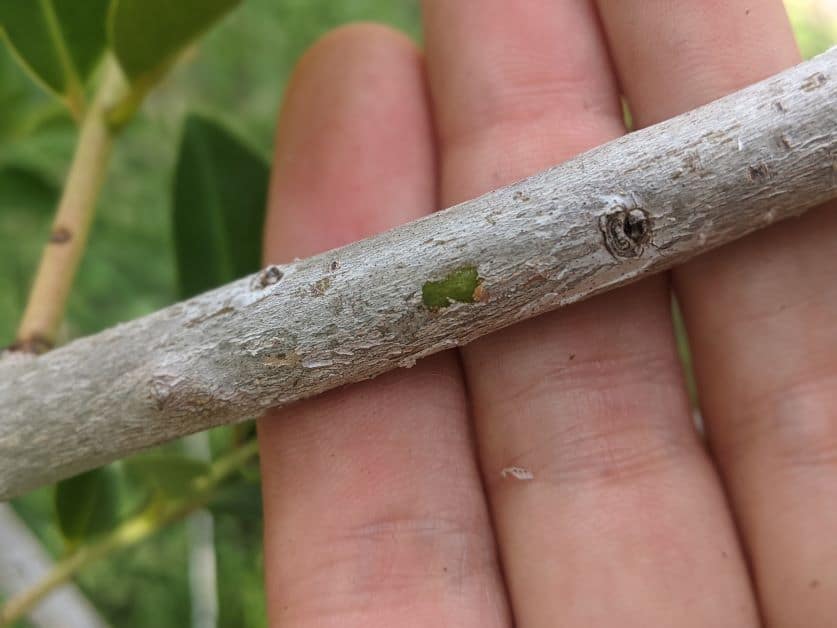
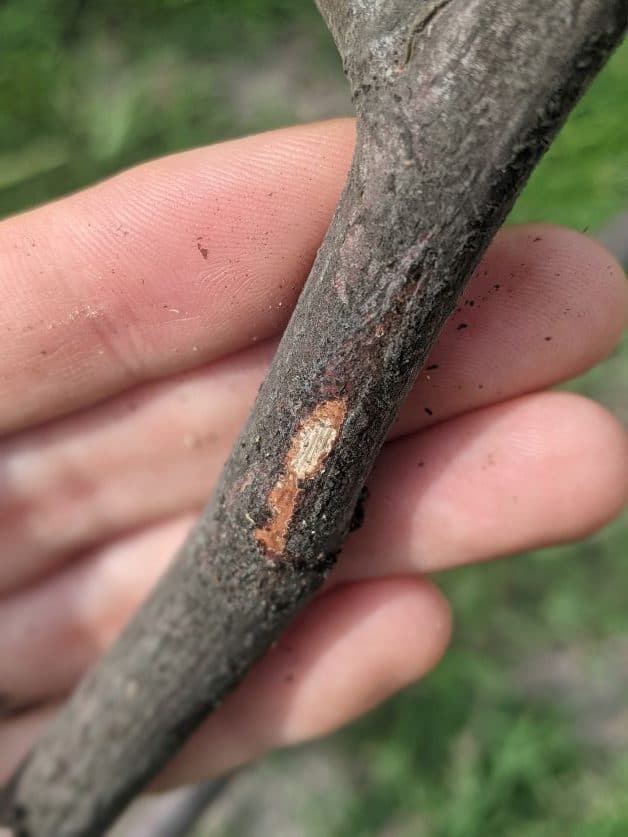
Signs of Tree Shock vs. Signs of Tree Death
[table id=21 /]
What Causes Tree Shock?
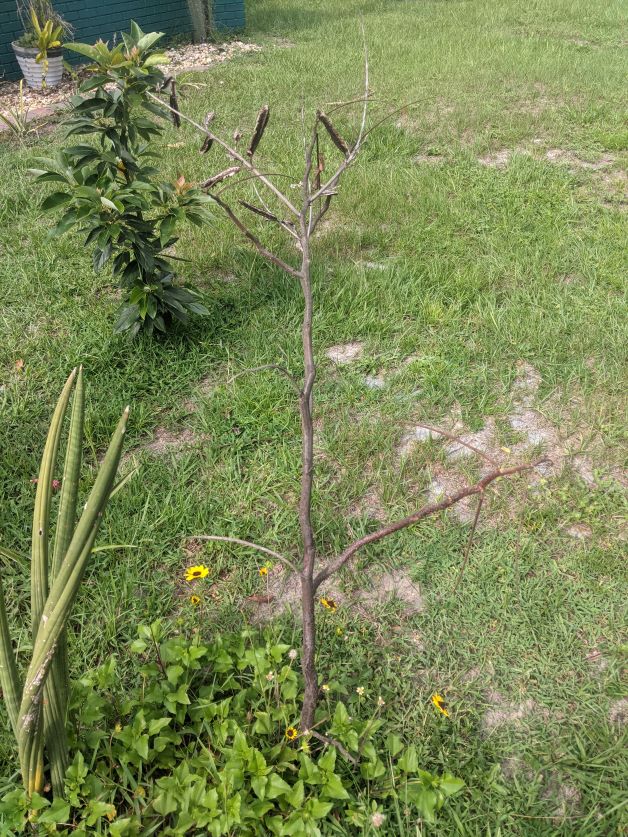
When you move a tree from one spot (or container) to another, 95% of its roots are left behind. This causes them some major stress. The tree loses the ability to draw in the moisture they need, which is why it’s important to water a newly transplanted tree so heavily.
You have to be patient when transplanting a tree. Depending on the age and species of the tree, it can take years for it to completely bounce back.
How to Treat Tree Shock
Prevention – set yourself up for success by amending your soil with oak leaf compost 2 weeks before planting and digging the right size hole for your tree species. It’s also a good idea to test your soil pH with a 4-in-1 soil tester before putting your tree in the ground. Young trees can be pricey. Do everything you can to increase the chance of your sapling surviving so you don’t waste your money.
Water – young trees need a lot of water, especially right transplanting. As soon as you plant it, give it 3 gallons of water for every inch wide the base of your tree trunk is. In other words, really soak it.
After it’s planted, water your new tree every day for the first 2 weeks. Then, water it every other day for another 3 months.
Mulch – mulching your tree can help its roots keep their moisture. Rip up the grass around your tree and spread a 3-inch layer of mulch around your tree in a ring. The ring should be wider than the canopy your tree will form when it’s grown in. It’s important, though, to give the base of your tree 2 or 3 inches of space. Don’t mulch all the way up to the trunk. Otherwise, it may rot.

